John Leland tour of Cornwall via Launceston to Truro
Three men not from Cornwall made important contributions to us knowing something about Cornwall during the early 16th century John Leland (1503-1552) William Camden (1551-1623) and John Norden (c 1547-1625)
We look at some of the contribution that John Leland made to Cornish history through some of his comments about his travels around Cornwall made during 1542, known as his Itinerary. He has become known as "the father of English local history and bibliography".
Leland was authorised by Henry VIII to visit religious houses and list books held by them. Throughout his travels he made copious notes. Leland entered Cornwall by New Bridge over the Tamar near Launceston and then went into Launceston where he described the castle in very positive terms including “ …is the strongest, but not the biggist, that ever I saw in any auncient worke in Englande”. He also made mention of the Priory that was erected by Bishop of Exeter William Warwist (Warelwast). By 1539 the Priory was sold because of the Dissolution of the Monasteries and eventually destroyed. Although Leland mentions the Church of St Stephen, old in Leland’s time, no mention is made of the new church of Mary Magdalene now in the centre of Launceston completed apparently in 1524. Off Leland then went to “Botreaux Castelle vulgo (commonly called) Boscastel”. On leaving Launceston there were two miles of good cropland and woods then the land turned into moorland, little woods and bleak, he reports.
Beautiful Boscastle? Well to say Leland had little good to say about Boscastle is an understatement. He describes its position starting on “a rokky hille by south est and so goith down by length to the northe towards the se”. The town he says was filthy and ill kept with a church and the lord of the town Lord Botreaux who resided in a small manor house, unworthy of being called a castle.
We’ll pick up Leland’s itinerary around Bodmin. After passing through Padstow and Wadebridge he enters Bodmin via Dunmere and comments that “Bodmyn hath a market on every Saturday lyke a fair for the confluence of the people”. He notes that Bodmin is one long street with a chapel at the west end and the parish church standing at the east end of the town “…and is a fair large thing.” St Petroc’s in Bodmin is actually the largest parish church in Cornwall. Leland mentions the priory and monastery and a number of tombs including that of St Petroc together with the fact that there was a place for grey Friars to the south of the town that had been built by a merchant “John of London” with additions by Edmund Earl of Cornwall. He notes that it was King Æthelstan who was the chief builder and provider of privileges to Bodmin. Of course, both Athelstan and the Priory are today remembered in Bodmin names. The ruined Berry Tower is today what survives from the Chapel of the Holy Rood also mentioned by Leland.
On the outskirts of Bodmin about a mile distant was the hamlet of St Lawrence and John Leland notes that there was a pore hospital or lazar house. In due course this would become the asylum of more recent times, but during Leland’s times had been a hospital for lepers and the poor for some two centuries. The buildings that many of us remember prior to their demolition were constructed during the 19th and early 20th centuries but had their origins in the lazar or leper house from the 14th century.
John Leland eventually made his way towards Truro approaching it via Restronguet and Mylor, mentioning the church of St Mylor and then through Perran-ar-Worthal where he also mentions the church. This was much rebuilt in the 19th century. Timber was something that would have been of special interest during Tudor times and Leland regularly mentions woods or even lack of them in his travels. He tells us that there is “good wood in Restonget” also noticeable allowing for the changes spelling is the use of vernacular wording telling us what the local people of the time would have called a place. For example, “The next creek beyond the point in Stronget Wood is caullid Restron….”. Leland progresses past creeks at Feoke (Feock) and St Cay (Kea) and Trure Creeke where he mentions Newham Wood.
Leland describes “Truru” has a bridge and lies between two creeks, both of which have brooks coming down to them. “Kenwen Streat” and “Clementes Streat” are severed from Truro by creeks and brooks and mentions their churches and the settlements being named after their church saints. The church of St Mary’s is mentioned as the parish church of Truro and being in Truro but not named. The importance of Truro is recognised by Leland through telling us that it is a borough town and privileged and that tin can be turned into coin twice a year at mid-summer and at the end of September. A quarter of a mile to the west of Truro, the castle where the court’s now stand Leland tells us was owned by the Earl of Cornwall and has been demolished. He says, “The site therof is now used for a shoting and playing place.” This may mean that it was a “plen an gwarri” a medieval amphitheatre these were found throughout Cornwall, circular outdoor spaces used for plays, sports, and public events.
The creeks leading up to Tresillian and Tregony are mentioned along with St Michael Penkivel. Also interestingly is the confluence of rivers and creeks at Malpas, called by Leland Maples Rode. This illustrates that this was a place where ships and boats could moor up. Certainly, looking at Google maps a profusion of small boats can be seen here today. There was a fight here at “Maples Rode” between eighteen Spanish merchant ships and four war ships from Dieppe and Leland reports that “The Spaniardes chac’d hither the French men”
This short overview of the work of John Leland helps illustrate what he was telling us about Cornwall in the year 1542 as well as the terminology and place names. His work has been importantly used by later antiquarians including the renown Dr William Borlase. These earlier writers who visited Cornwall from pre-industrial times onwards help share the changes to the Cornish landscape and how our towns and villages evolved.
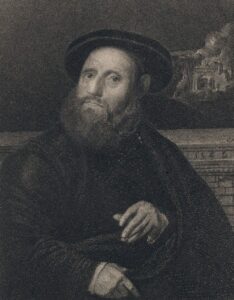
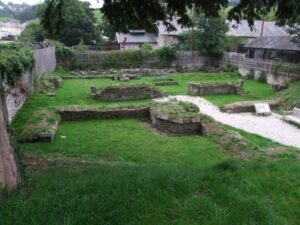
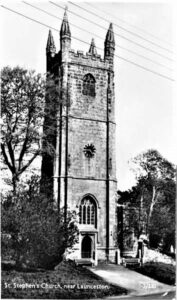
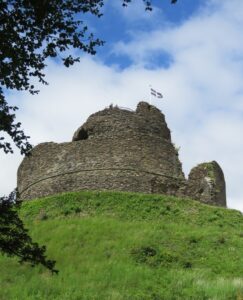
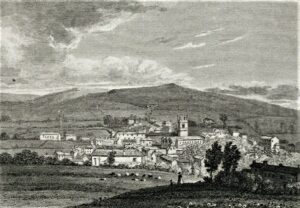
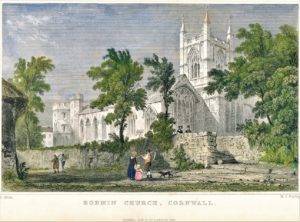
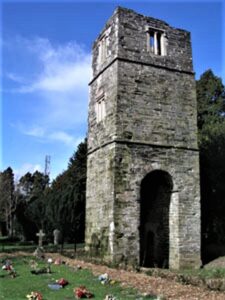
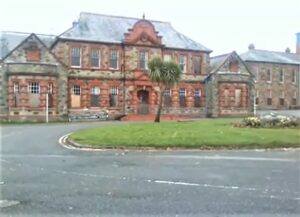
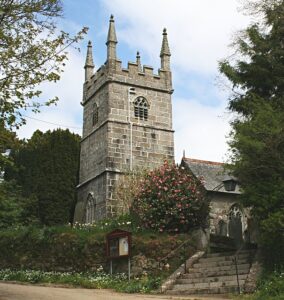
![St Mary's Truro c1824 [L] St Mary's Truro c1824](https://www.cornwallheritage.com/wp-content/uploads/2020/11/St-Marys-Truro-c1824-L-300x211.jpg)
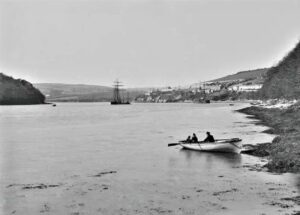
![[17] Voice - Ertach Kernow-211020A - John Leland Itinerary Launceston-Bodmin [S] Ertach Kernow - John Leland Itinerary Launceston-Bodmin](https://www.cornwallheritage.com/wp-content/uploads/2020/10/17-Voice-Ertach-Kernow-211020A-John-Leland-Launceston-Bodmin-S-231x300.jpg)
![[17] Voice - Ertach Kernow-211020B - John Leland Launceston-Bodmin [S] Ertach Kernow - John Leland Itinerary Launceston-Bodmin](https://www.cornwallheritage.com/wp-content/uploads/2020/10/17-Voice-Ertach-Kernow-211020B-John-Leland-Launceston-Bodmin-S-232x300.jpg)